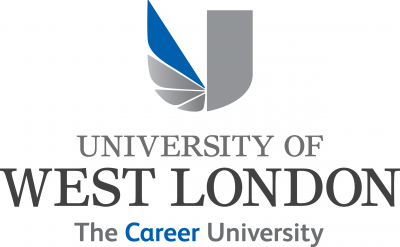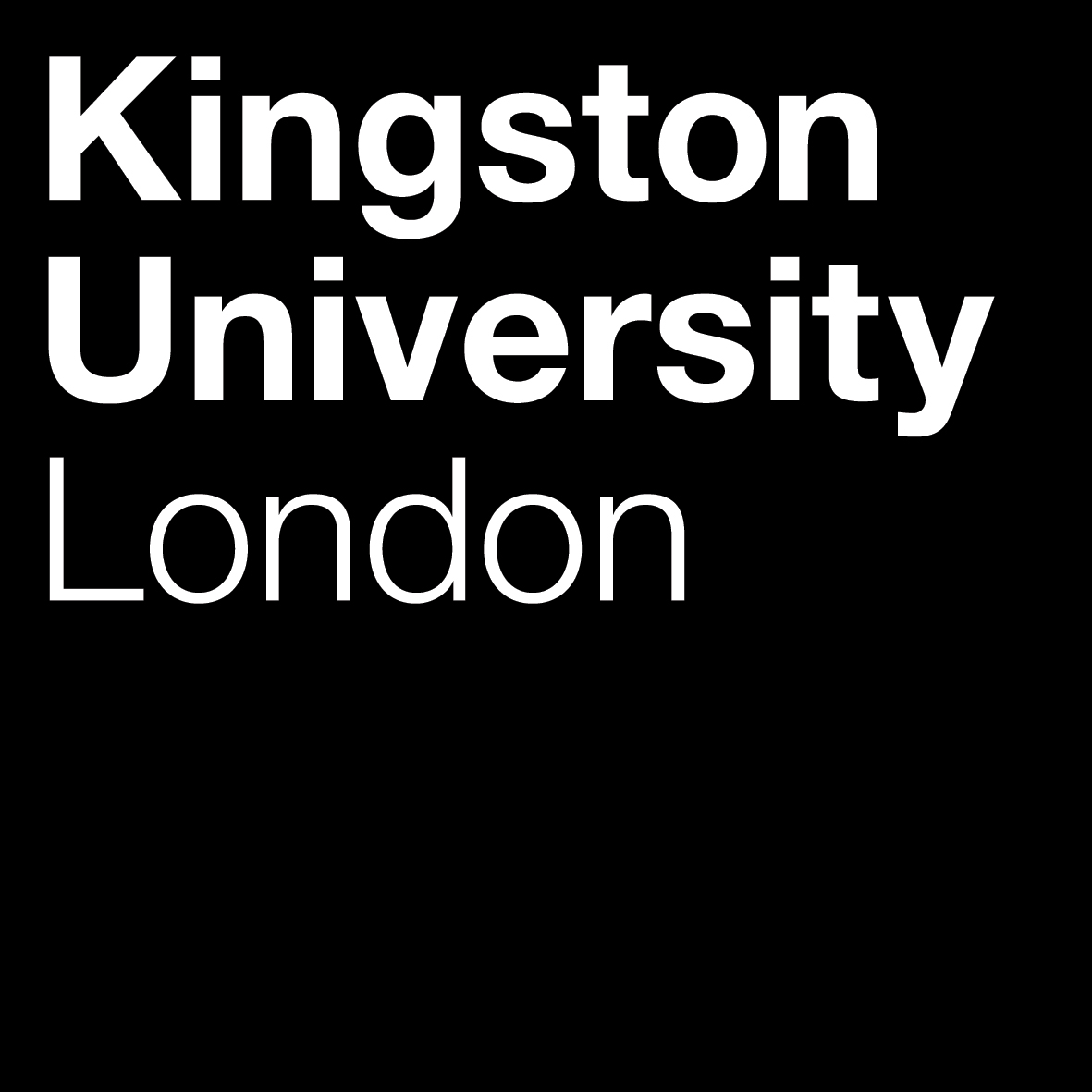1st February, 2023
Transitioning Beyond Academia
Dr Gemma Outen
25th November, 2020
Dr Mark Gray
How do you think about the payoff from your projects?
Perhaps, if you’re an academic, you’ll think about the REF-style ‘impact’ of a research project – the significance and reach of which measures its utility outside of the research community. If you’re used to developing social or cultural projects you’ll be thinking about the effect on people’s lives, on their prospects in future, on communities. If your project involves physical infrastructure, you’ll be thinking about what that infrastructure enables (more journeys on a road, more swimming lessons in a pool, more learning in a classroom).
In Britain all of those benefits are theoretically – if not always practically – capable of being described and captured in a business case, alongside a plan for what the Green Book calls ‘benefits realization’.
What, though, if the design of your project is genuinely inclusive and involves elements of co-design? What if your project isn’t intended simply to provide long-lived project related benefits but is also expected to build capacity, enable the reuse of tools and allow team working established by the project to continue to create benefit outside of the original domain of the project itself?
That, in effect, is one of the classes of benefit routinely claimed for ‘capacity building’ inclusive development projects. The benefit of any project will certainly include the immediate impact of the transfer of knowledge itself, the wide social benefit it generates, the direct and indirect economic benefits (time saved, natural resources saved, climate effects avoided etc.), but it will also include what is left behind. People who supplied to the project (SMEs, lawyers, consultants) who have now created the resources and the knowhow to respond to future projects of this type. Tools left over at the end of the project than can be reused in similar projects (such as methods for valuing the ‘existence benefit’ of artistic heritage). Teams of people who can work together again and recapture the effectiveness of team working first kindled on your project.
In the literature on the benefits of inclusive innovation these capacity-related benefits are regarded as being quite hard edged. Inclusive innovation and co-design of innovation, it’s argued, do practical things in addition to generating project outcomes – like generating those capacities, those tools and those teams – which can go on to be productive of more social value. Advocates of inclusive innovation argue that development business cases should include these things (in £ terms) on the benefits side along with the social benefits of the project itself.
That, for me, turns inclusive innovation into an interesting argument for inclusive university research and KE in the arts. It isn’t just the proximate benefit of the project (and the REF-style project specific impact) that counts but also the benefit of the way of working that made it happen. That’s particularly susceptible of application in the ‘levelling up’ agenda, where building capacity, tools and teams in situ for autonomous further use is as important as the direct project benefit.
One of the enduring problems we have in Britain is the periodic fluctuation in public spending on public benefit projects. Funding shrinks in recessions, it rises before elections, it cools in advance of policy shifts, and it is diverted in response to emergencies like covid. We have, though, another profound problem in our approach to conceiving of the benefit of projects in the public sphere. We fail to specify and capture all benefits. Where we take the approach of pursuing inclusive approaches to innovation where, for example, whole communities are involved in the conception, shaping and maybe execution of the project alongside researchers or arts organisations, are not the legacy benefits important too?
The government is currently thinking afresh about the Green Book – largely in the light of plans to support ‘levelling up’ and placed based funding. Perhaps they ought to take a moment to reflect on how we wring more value out of public investment in research and arts projects before they argue that current returns are insufficient to justify the spend?
You've been waiting for it and our May newsletter is here! -> bit.ly/3M9ICG6 pic.twitter.com/Iug9eWimQQ





